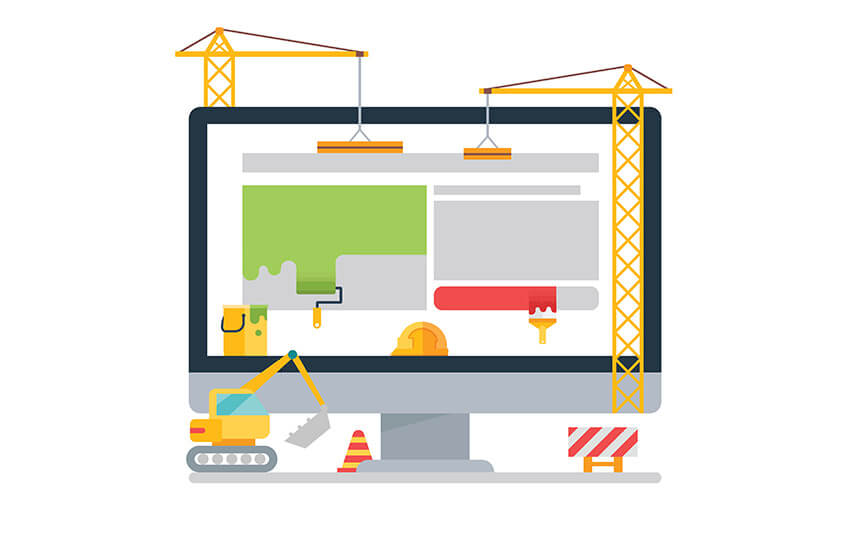On August 6th 2021, the internet will celebrate its 30th birthday yet in its relatively short history the web has come to revolutionize all areas of modern life and is now the planet’s most popular media format.
However, while the web has had an undoubted influence across all realms of society, nowhere have its effects been more profoundly felt than in the world of commerce and business. These days, the internet is the first port of call for most product/service queries and online searches generate billions in business for companies every year.
Table of Contents
How to approach a redesign
With such an important tool at your disposal, it’s essential your company’s website is kept up to date and comprehensively reflects your business and its range of operations. In most cases, a website redesign can be a relatively painless process – particularly if you use a company like ALT Agency, a firm of web designers in Coventry. Of course, you could attempt a redesign on your own but, without adequate skills and experience, you’ll find it far easier and quicker to outsource the work. A professional development company will successfully port your existing content to a new design and advise on ways you can improve your layout and user experience (UX).
Common reasons for a website overhaul
While there are many reasons why you might consider a website redesign – and some are more important than others – here are just a few tell-tale signs that your site might require a revamp.
Your site is outdated and hasn’t kept up with design trends: The web may be young but even in its short lifetime, it has changed dramatically and design trends and web standards are constantly evolving. If your site looks dated in comparison to others, it would probably benefit from a redesign. Standard problems include blocky layouts, small fonts and often slow loading times. Also, if your site uses Adobe Flash to any degree, you will certainly need to consider an update as the software is being phased out at the end of this year.
Your site uses outdated code and doesn’t scale to different screen sizes: As noted above, standards are changing all the time in internet design – but so is the way we use the web. Today, mobile access accounts for over 50% of all web traffic and if your site doesn’t scale to fit the multiple different screen sizes in use, you will almost undoubtedly lose visitors. Sites these days are built in a responsive format so that they can display equally well across connected TVs, desktops, laptops, tablets and mobile devices. Also, Google recently started penalizing non-responsive websites by placing them lower in its search results. If your domain name is over five years old but you don’t feature high in Google searches, poor design, site structure or underlying code could be to blame. One of the main ways Google ranks sites is by age – so if you repeatedly perform badly under your desired keywords or terms, it would be best to call in an expert to check why.
Your site doesn’t reflect changes in your business: No company stands still and having an outdated site could potentially do more harm than good to your firm. For example, if your business has branched out into other areas but you don’t make mention of them on your pages, visiting customers (potential and existing) likely won’t be aware of your full range of products or services.

